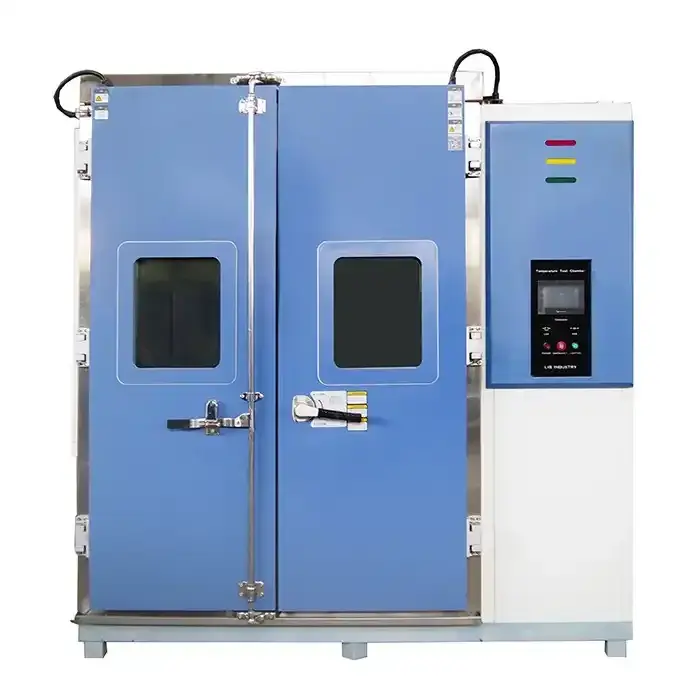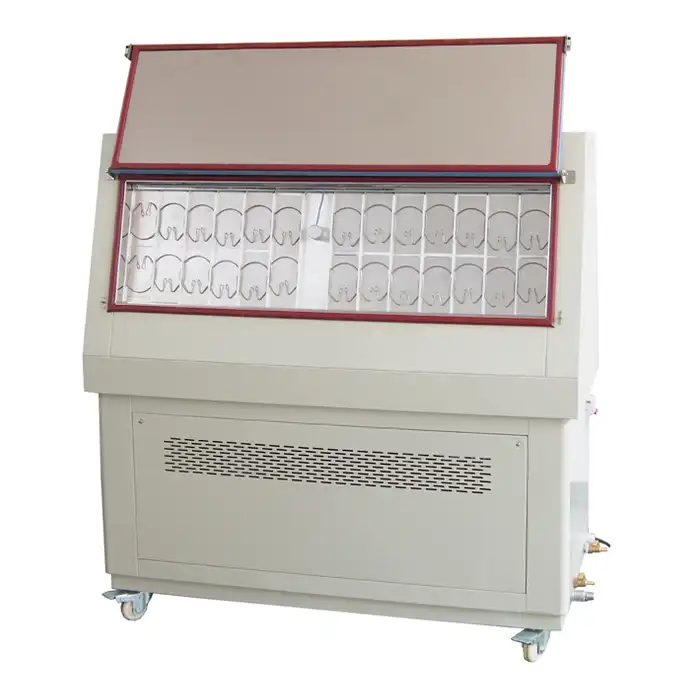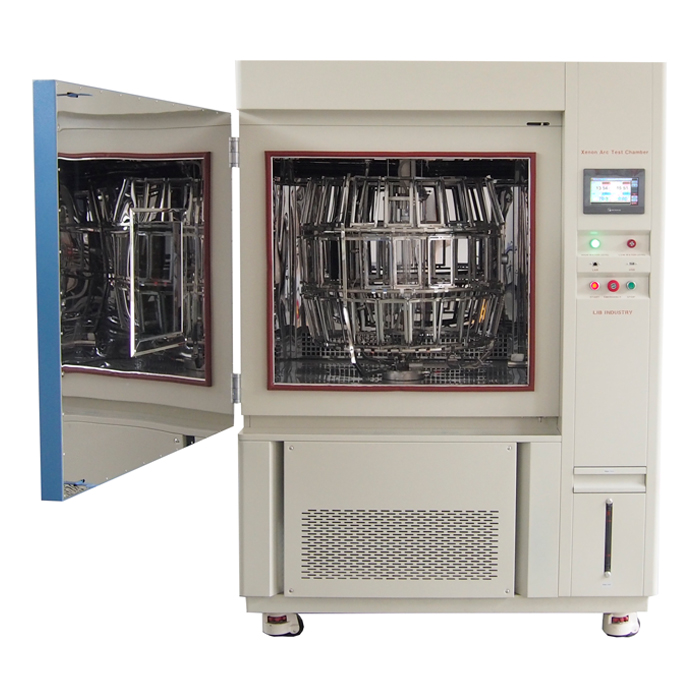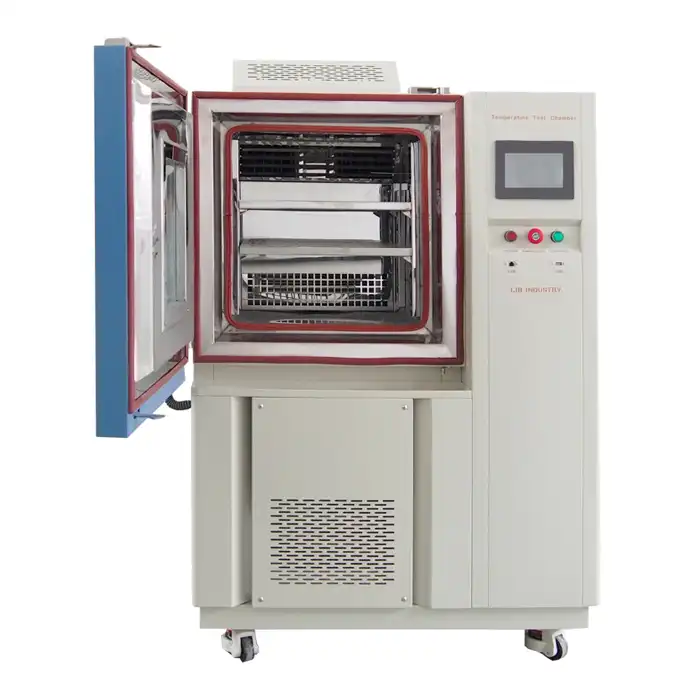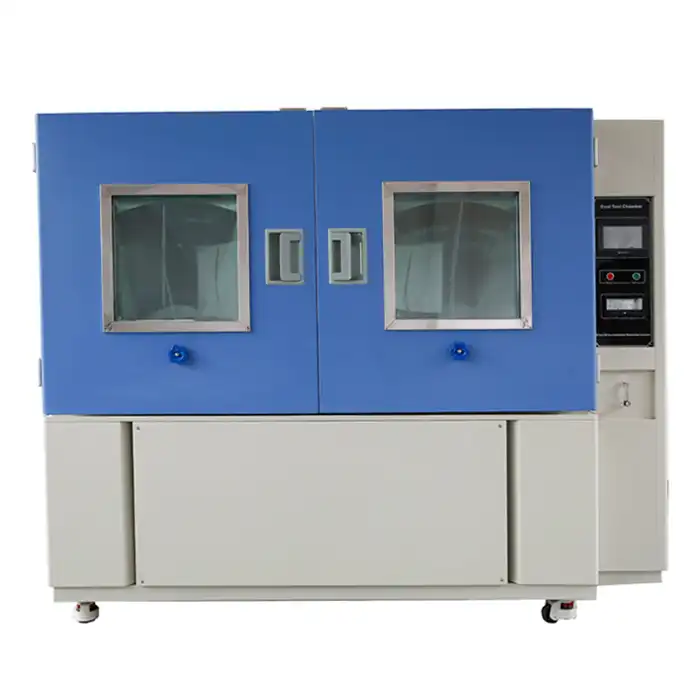What is the use of salt spray test chamber?
Introduction
A specialized piece of equipment known as a salt spray test chamber is utilized in a variety of industries to evaluate the materials' and coatings' resistance to corrosion when placed in a saline environment. A water spray test chamber is a particular testing contraption intended to assess the obstruction of materials and items to water entrance and infiltration. When water resistance is essential to the performance and durability of a product, this kind of chamber is utilized in a variety of industries, such as the automotive, electronics, construction, and aerospace industries. The significance of salt spray test chambers in product testing and development is highlighted in this blog post, which examines their purpose and applications.
How Does a Salt Spray Test Chamber Work?
Salt spray test chambers are designed to simulate the corrosive effects of a marine environment on materials. They create a controlled environment where a saline solution (typically sodium chloride) is atomized and sprayed onto test samples. This exposure accelerates corrosion processes, allowing manufacturers to evaluate how well materials and coatings withstand salt exposure over time.
Operation and Setup: The chamber contains a reservoir of saltwater solution, which is heated to a specified temperature to maintain consistency. Compressed air is used to atomize the solution, generating a fine mist that settles on the test samples.
Exposure Conditions: Test samples, such as metal components, coatings, and finished products, are placed inside the chamber and exposed to the salt spray for a predetermined period. The duration of exposure can vary depending on testing standards and the requirements of the industry.
Evaluation of Corrosion: After exposure, samples are inspected visually or using specialized equipment to assess the extent of corrosion, including rust formation, blistering, and changes in appearance. This evaluation helps manufacturers determine the effectiveness of protective coatings and materials.
What Are the Applications of Salt Spray Test Chambers?
Salt spray test chambers are utilized across diverse industries to validate the corrosion resistance of materials and coatings. Understanding their applications provides insight into their importance in product quality assurance and development.
Automotive Industry: Components used in automotive manufacturing, such as chassis parts, fasteners, and exterior coatings, must withstand exposure to road salt and coastal climates. Salt spray test chambers help automotive manufacturers ensure that their products meet durability standards and resist corrosion in harsh environments.
Electronics and Electrical Components: Electronic devices, circuit boards, and electrical connectors are susceptible to corrosion when exposed to humid and saline conditions. Salt spray testing enables manufacturers to assess the reliability of these components and improve their performance in marine and industrial settings.Electronic devices, components, and circuit boards undergo water spray testing tool produced by water spray test chamber factory to verify their resistance to moisture and ensure reliable performance in outdoor or industrial environments.
Marine and Offshore Equipment: Equipment used in marine environments, including shipbuilding materials, offshore structures, and marine coatings, must endure prolonged exposure to seawater and salt spray. Salt spray test chambers assist in developing and selecting materials that can withstand these corrosive conditions, ensuring safety and longevity.
Why is Salt Spray Testing Important in Product Development?
Salt spray testing plays a critical role in product development by providing valuable data on material durability and performance under harsh environmental conditions. This section explores the significance of salt spray testing in ensuring product reliability and customer satisfaction.
Quality Assurance: Manufacturers use salt spray test results to validate product performance claims and comply with industry standards. By identifying potential weaknesses early in the development process, companies can make informed decisions to enhance product durability and quality.Testing products through water spray test chamber against water ingress standards ensures compliance with industry regulations and customer expectations for water resistance and durability.
Performance Evaluation: Salt spray testing allows manufacturers to compare the corrosion resistance of different materials and coatings. This evaluation helps in selecting the most suitable materials for specific applications, optimizing product performance and minimizing maintenance costs.
Risk Mitigation: Understanding how materials behave in corrosive environments helps mitigate risks associated with premature product failure, warranty claims, and customer dissatisfaction. Salt spray testing enables proactive measures to improve product reliability and longevity.
How Does Salt Spray Testing Compare to Water Spray Testing?
While salt spray testing focuses on assessing corrosion resistance in saline environments, water spray testing evaluates water resistance and ingress protection of products. This comparison highlights the distinct purposes and methodologies of each testing method, addressing specific industry requirements and standards.
Purpose and Methodology: Salt spray testing subjects materials to a corrosive saltwater mist to accelerate corrosion processes. In contrast, water spray testing evaluates the ability of products to repel water and prevent ingress under controlled conditions, such as rain or splashing.
Industry Applications: Salt spray testing is prevalent in industries where exposure to saline environments, such as coastal areas or industrial settings, poses corrosion risks. Water spray testing equipment prodcued by water spray test chamber manufacturer is commonly used in automotive, electronics, and construction industries to ensure product durability and reliability under wet conditions.
Testing Standards: Both salt spray and water spray testing adhere to specific international standards, such as ASTM and ISO, which define testing procedures, parameters, and acceptance criteria. Compliance with these standards ensures consistent and reliable evaluation of product performance.
Conclusion
In conclusion, salt spray test chambers are indispensable tools for evaluating the corrosion resistance of materials and coatings in various industries. By simulating harsh environmental conditions, these chambers enable manufacturers to enhance product durability, reliability, and customer satisfaction.Water spray test chamber plays a vital role in ensuring the reliability and durability of products by evaluating their resistance to water ingress and penetration. By simulating real-world environmental conditions, these chambers help manufacturers enhance product performance and meet stringent quality standards across diverse industries.As industries continue to innovate, the demand for reliable corrosion testing methods will only increase, making salt spray test chambers indispensable tools in material science and engineering.
For more information about salt spray test chambers, please contact us at 8888.
References
1. ASTM International. (2023). ASTM B117-19: Standard Practice for Operating Salt Spray (Fog) Apparatus.
2. ISO. (2021). ISO 9227: Corrosion tests in artificial atmospheres - Salt spray tests.
3. SAE International. (2022). SAE J2334: Laboratory Cyclic Corrosion Test.
4. NACE International. (2019). NACE TM0172: Methods for Determining Corrosion Rates of Anticorrosive Coatings on Metallic Test Specimens in Salt Fog.



